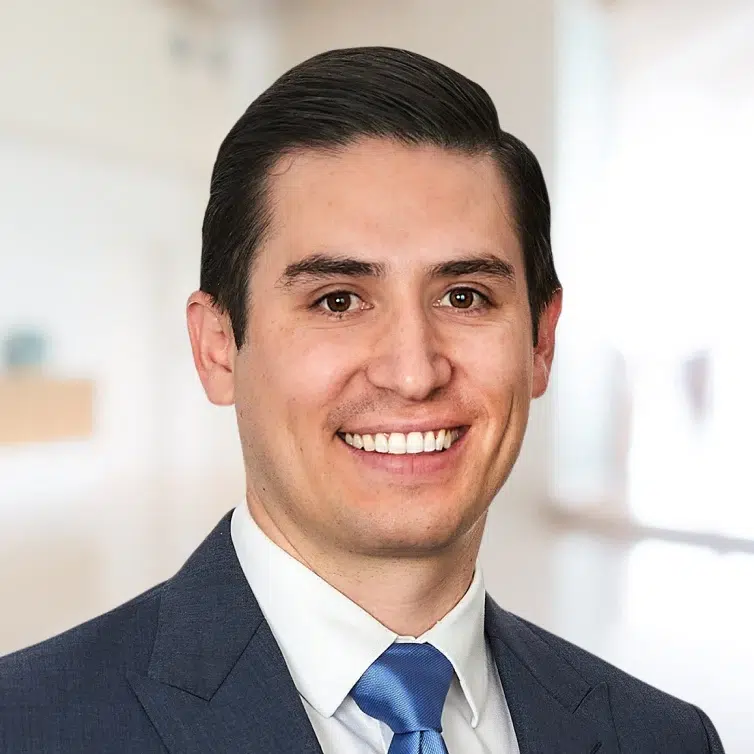
The risks of concentrated wealth
Krystal and John have been living the last decade stuck in the aftermath of the financial crisis.
Like many investors who were shell-shocked to watch their retirement savings rapidly diminish, the couple thought they were taking the safe route by keeping most of their wealth in cash and stock in the successful Silicon Valley software firm Krystal has worked at for more than five years. They also had money invested in John’s own small business that he developed from a passion for horses.
Now Krystal, in her early 60s, started looking toward retirement. The couple was wondering when she could do it while maintaining their lifestyle.
As my colleagues and I looked at their portfolio, we saw a very common problem for people who have amassed assets mainly through their work: concentrated wealth. By keeping most of their money in cash and company equity, the couple was actually taking on more risk than they realized. Here’s why:
-
- You can’t get ahead with cash — It’s true that with bank and money market accounts, your money is fairly safe from major losses. But for that low risk, you are trading returns. Over the last seven years, large-balance savings accounts have earned close to 0%. If Krystal and John had kept their money invested in a diversified portfolio, they may have averaged returns of roughly 6%. Furthermore, what little they did earn in their savings was largely lost to taxes and inflation. So their portfolio wasn’t really growing for retirement.
- It’s not safe to have too much faith in one company — Krystal was fortunate that as an executive, she was granted a high salary and significant equity in the firm. It looked great on paper, but she didn’t realize how dependent her retirement was on that compensation.
Even though the company had been growing successfully, tech is a notoriously volatile industry, and the current high value of the stock is not something she should count on. Not to mention, if she suddenly left her job, she would be out the salary as well. The employees of the defunct energy firm Enron learned this the hard way after the company suddenly and shockingly filed for a high-profile bankruptcy.
Krystal’s equity was in a variety of forms: registered stock units (RSUs), long shares and incentive stock options. Not only was their value unstable, they also were not very liquid and had complicated tax issues. If she didn’t manage these properly, she could have significant, unnecessary tax liabilities.
Strategizing for success
Krystal was not sure how soon she could retire. After looking at the couple’s situation, it was clear to us that with careful planning and investing, she and her husband could reach their goals soon.
We started the process by providing context for Krystal and John to make key financial decisions. First, we helped them identify their most important financial goals. In addition to a comfortable retirement, they wanted to fund their grandchildren’s education and donate to their favorite charities that benefit children.
We then quantified those goals to put their real cost into context.
Finally, we developed a long-range analysis to help them understand what it would take to reach those goals.
Once they reviewed the long-range analysis, the couple realized that they needed to reduce and diversify both their cash holdings and high concentration in one company’s stock in order to achieve their goals. Investing in a global portfolio with a broad mix of securities actually minimizes the risk of loss because it smooths out volatile swings in any particular market. For example, if the tech industry Krystal works in experiences a dramatic drop, she might see gains in other industries, such as real estate, financial companies or commodities. Similarly, if stocks as a whole slip, a variety of fixed-income bonds might provide a safe haven.
Using the same analysis, Krystal and John also understood what level of investment performance they needed for Krystal to retire and live the way they’re accustomed to.
We set the couple’s plan in motion by helping Krystal sell some of her company stock and re-invest in a globally diversified portfolio. We also helped her establish a donor advised fund where she could direct appreciated company stock, which enabled her to donate to her favorite charities in a way that reduced the couple’s tax bill.
Back in 2008, when their investment portfolio lost so much value, Krystal thought she might have to work much longer than she wanted to in order to not compromise their lifestyle. She didn’t realize that if her company took a significant downturn, her retirement outlook would actually be much worse.
Now, after only less than one year of careful planning, I’m happy to say that Krystal is enjoying her retirement by spending her time with John and remaining professionally active as a consultant for other exciting start-ups.
Important disclosures: Past performance is no guarantee of future performance. All investments can lose value. Indices are unmanaged and it is impossible to invest directly in an index. The volatility of any index may be materially different than that of a model.

 Talk to us
Talk to us 












